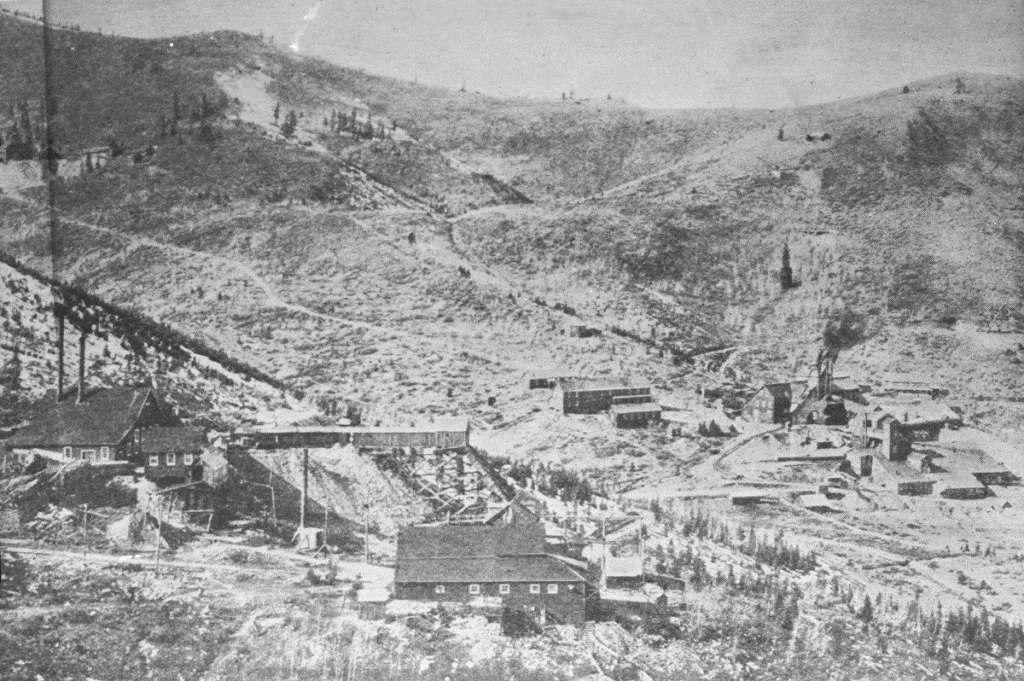On October 24, 1888, an expeditionary party consisting of Park City mining men Colonel William M. Ferry and James Kescel, among others, left Utah bound for Peru.
Ferry was born in Michigan in 1824. His father was a New England preacher who had moved with his wife to Michigan in order to conduct missionary work among the local Native American population. The Ferry family settled and founded several towns, including Grand Haven, on the eastern shore of Lake Michigan.
After serving in the Civil War and exploring mining interests in Michigan, Colonel Ferry moved with his wife, Jeanette, and their two daughters to Park City in 1878. In Utah, he joined his brother Edward Ferry, David McLaughlin, and several other investors known as the Michigan Bunch. These men were some of Park City’s earliest and most influential settlers. Colonel Ferry was part owner of the lucrative Quincy Mine, which eventually became the Daly West.

James Kescel was born in England in 1850 but immigrated to Monroe, New York with his family as a young boy. In 1880, he and his wife and their three children moved to Park City where he secured work at the Union Concentrator and later Anchor Mine. He eventually worked his way up to superintendent of the Daly Judge.
In 1884, Kescel took a two-year break from mining to pursue politics, serving first as city marshal and then as city councilman. He was involved in several fraternal societies and was a well-respected friend and colleague of Colonel Ferry and other prominent mining men throughout Utah.
In 1888, Colonel Ferry was tasked with leading a group of mining experts to South America. He, Kescel, and the other men he recruited were to investigate and supervise the development of “extensive mining properties owned by a syndicate of Washington and New York capitalists.”
The public was in for a treat. The Ferry expedition came on the heels of expeditions by world-famous scientists and explorers such as Alexander von Humboldt and Charles Darwin. Humboldt, who had traveled extensively throughout South and Central America in the early nineteenth century, published his most popular book influenced by his travels, Kosmos, in the 1840s. Darwin, an admirer of Humboldt and talented intellectual in his own right, first published On the Origin of Species in 1859.
The works of these men and those who followed in their footsteps captured the imaginations of an ordinary public far less likely to venture far from home. To read their descriptions of volcanoes, tropical forests, strange animals and insects, and raging rivers was to learn about things otherwise completely inaccessible to an average American.
Ferry, Kescel, and the others on their South American jaunt sent back letters teaming with impossibly descriptive details of their voyage. When the letters were published in the local paper, Parkites gobbled them up. Join us next week to read more about their journey.